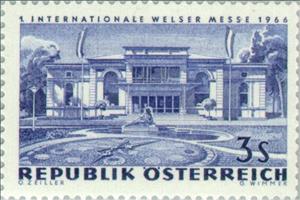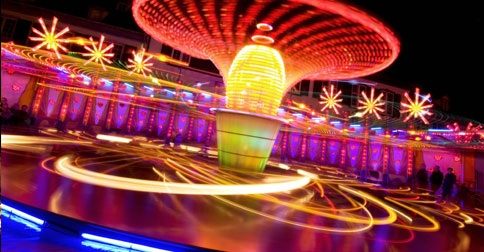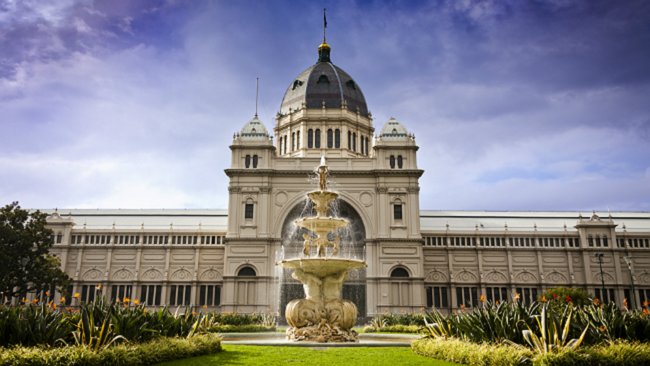Stamp: Exposition main building & floral clock (Austria 1966)
Exposition main building & floral clock (Austria 1966)
26 July (Austria ) within release Int. Fair, Wels goes into circulation Stamp Exposition main building & floral clock face value 3 Austrian schilling
| Stamp Exposition main building & floral clock in catalogues | |
|---|---|
| Michel: | Mi:AT 1215 |
| Yvert et Tellier: | Yt:AT 1050 |
Stamp is horizontal format.
Stamp Exposition main building & floral clock it reflects the thematic directions:
A flag is a piece of fabric (most often rectangular or quadrilateral) with a distinctive design that is used as a symbol, as a signaling device, or as decoration. The term flag is also used to refer to the graphic design employed, and flags have since evolved into a general tool for rudimentary signalling and identification, especially in environments where communication is similarly challenging (such as the maritime environment where semaphore is used). National flags are patriotic symbols with varied wide-ranging interpretations, often including strong military associations due to their original and ongoing military uses. Flags are also used in messaging, advertising, or for other decorative purposes. The study of flags is known as vexillology, from the Latin word vexillum, meaning flag or banner.
A fair (archaic: faire or fayre) is a gathering of people for a variety of entertainment or commercial activities. Fairs are typically temporary with scheduled times lasting from an afternoon to several weeks. Fairs showcase a wide range of goods, products, and services, and often include competitions, exhibitions, and educational activities. Fairs can be thematic, focusing on specific industries or interests.
The Royal Exhibition Building is a World Heritage-listed building in Melbourne, Victoria, Australia, built in 1879–1880 as part of the international exhibition movement, which presented over 50 exhibitions between 1851 and 1915 around the globe. The building sits on approximately 26 hectares (64 acres), is 150 metres (490 ft) long and is surrounded by four city streets. It is at 9 Nicholson Street in the Carlton Gardens, flanked by Victoria, Carlton and Rathdowne Streets, at the north-eastern edge of the central business district. It was built to host the Melbourne International Exhibition in 1880–81, and then hosted the even larger Centennial International Exhibition in 1888, and the formal opening of the first Parliament of Australia in 1901. The building is representative of the money and pride Victoria had in the 1870s. Throughout the 20th century smaller sections and wings of the building were subject to demolition and fire; however, the main building, known as the Great Hall, survived.



